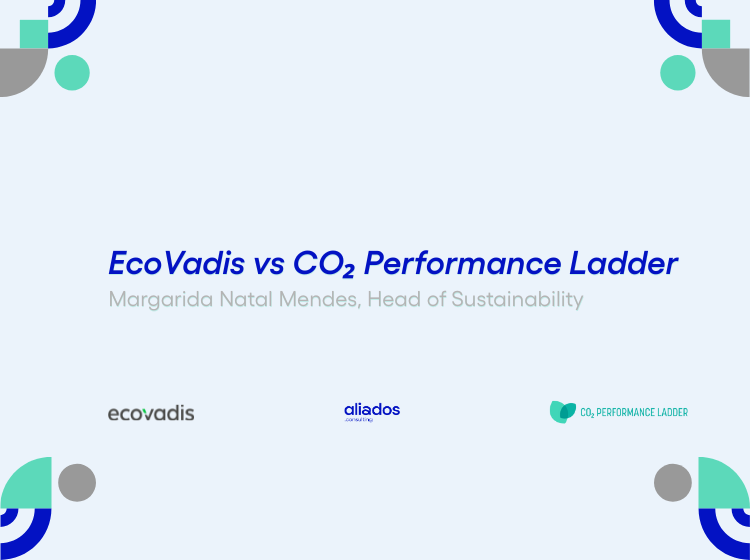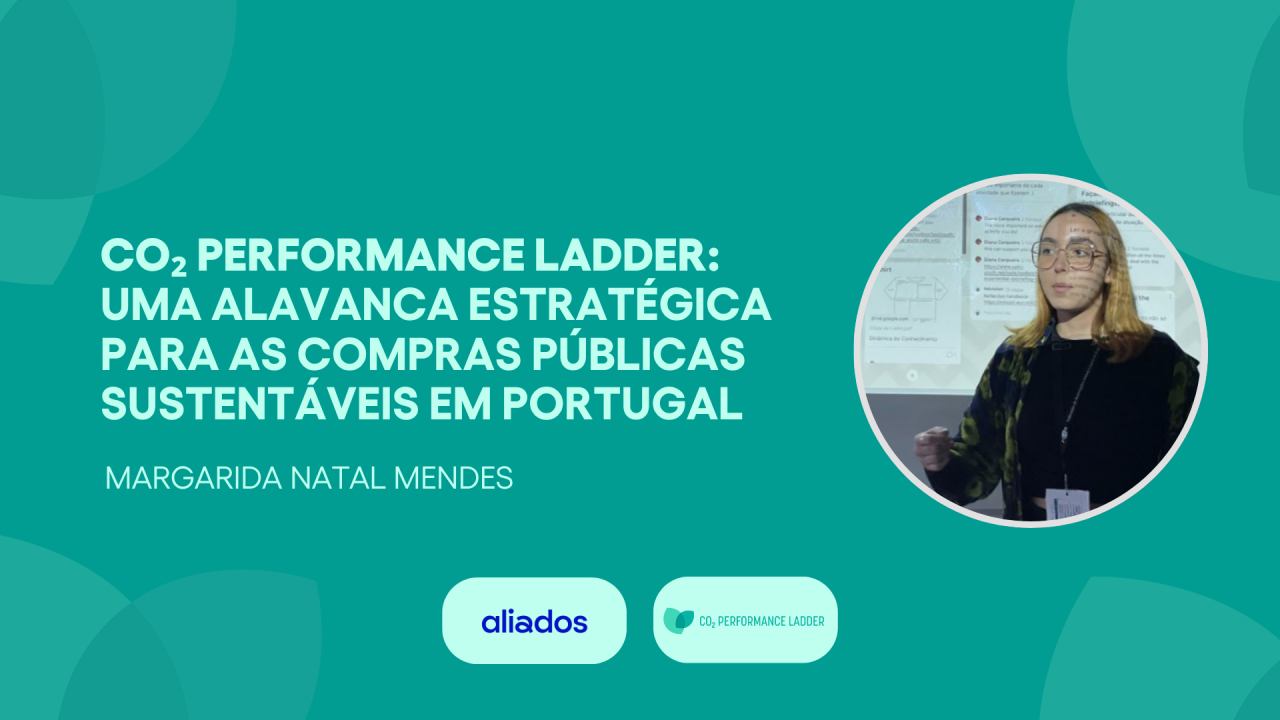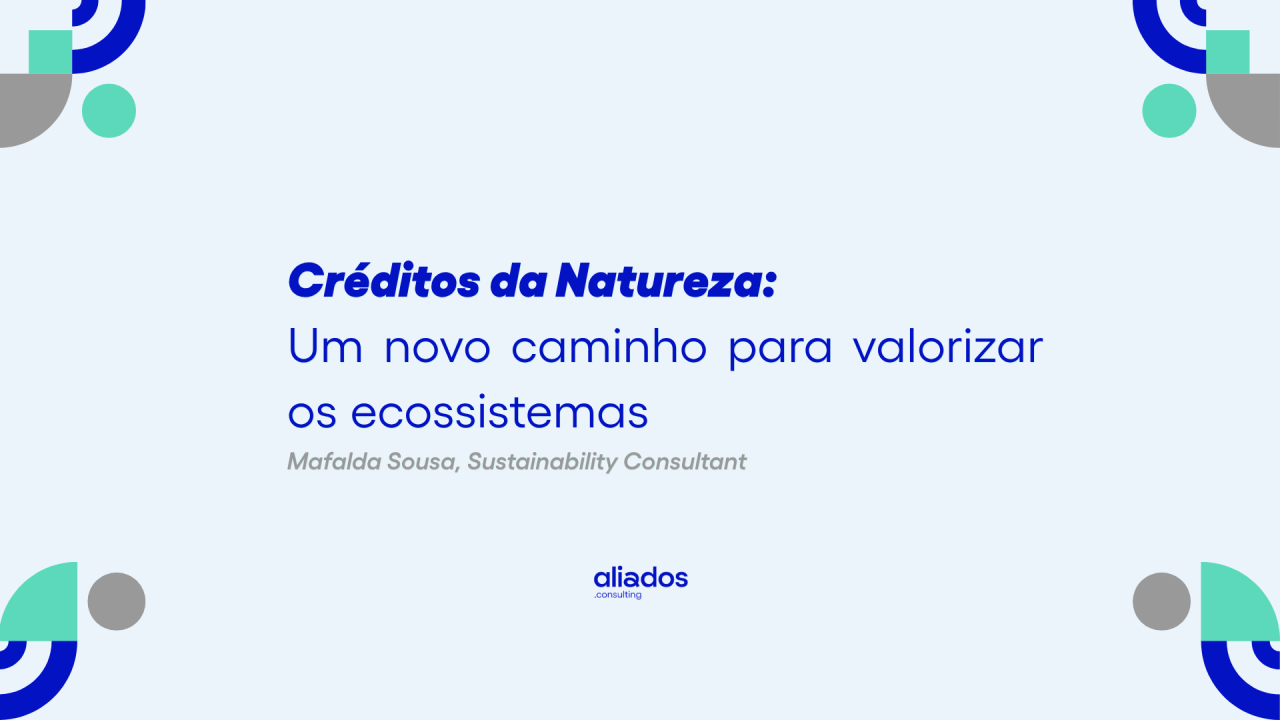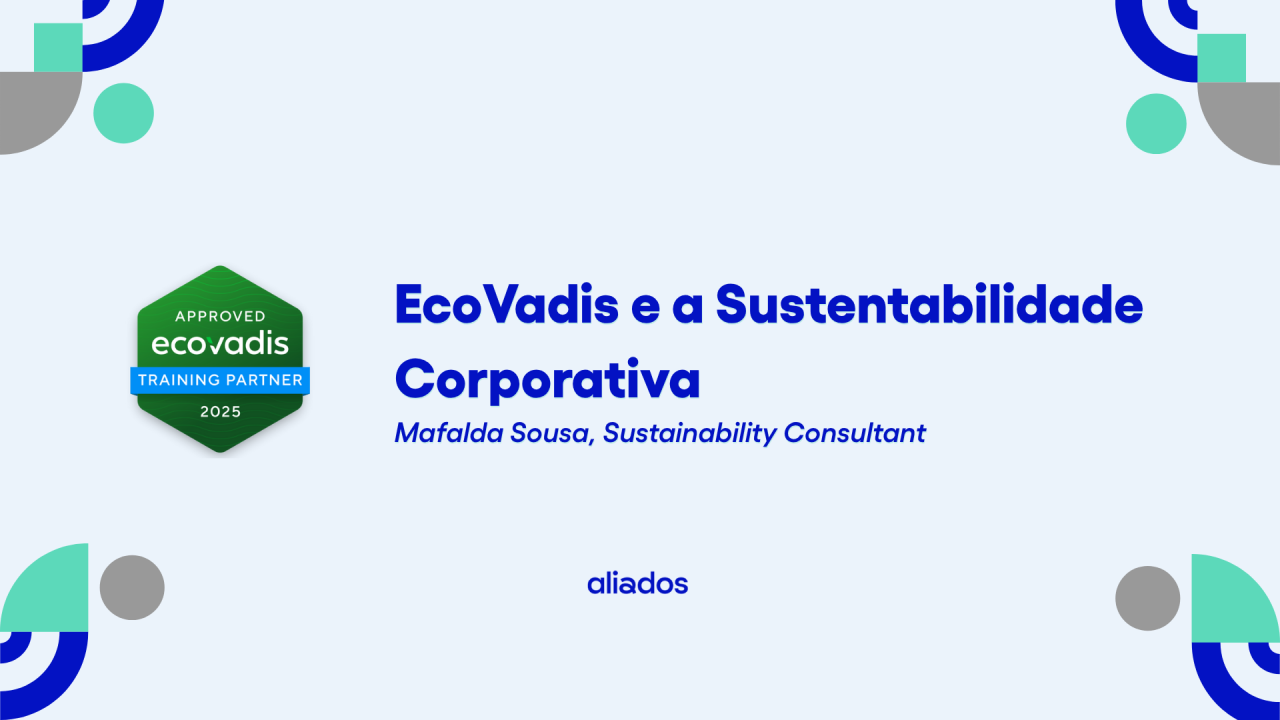The EcoVadis rating system and the CO₂ Performance Ladder (the Ladder) are two effective tools for organizations seeking to combat climate change and reduce carbon emissions. While they share common objectives, their approaches, scope, and practical applications differ. This article offers a detailed comparison to help organizations understand how these tools align, where they diverge, and how they can complement each other.
Understanding the Tools
EcoVadis offers sustainability ratings and performance improvement tools for global supply chains, focusing on three main areas:
- Sustainability ratings – A globally recognized assessment system that helps buyers evaluate and compare supplier sustainability. Companies receive a detailed scorecard outlining strengths, areas for improvement, and access to EcoVadis tools for one year to support continuous progress. Organizations demonstrating strong sustainability performance can earn EcoVadis medals (Platinum, Gold, Silver, or Bronze), enhancing their credibility and competitive position.
- Carbon management scorecard – Provides insights into corporate carbon performance and tools to support supplier engagement in decarbonization. Buyers receive data on suppliers’ greenhouse gas management, while rated companies gain resources to strengthen their emission reduction strategies.
- Continuous improvement tools – Identifies areas for development (Corrective Action Plans), offers online sustainability training (EcoVadis Academy), access to external sustainability experts (Training Partner Program), and tools to assess sustainability practices across the supply chain (“Assess my business partners”).
EcoVadis ratings remain valid for one year.
The CO₂ Performance Ladder, on the other hand, offers a structured management system that helps organizations reduce carbon emissions and energy consumption. Based on the Plan-Do-Check-Act (PDCA) continuous improvement cycle, the Ladder certifies organizations at multiple levels according to the maturity of their carbon and energy management. Certification is carried out by independent and accredited third parties, ensuring a robust and credible assessment. Like ISO certification, it is valid for three years, with annual audits and a complete recertification process every three years.
While the Ladder addresses broader sustainability themes such as energy efficiency and stakeholder engagement, its main emphasis remains carbon and energy reduction, making it a focused and practical tool for environmental management.
Key Similarities between EcoVadis and CO₂ Performance Ladder
EcoVadis and the CO₂ Performance Ladder are sustainability assessment tools designed to improve companies’ environmental performance. While distinct in their design, they share several essential characteristics:
- Focus on sustainability and carbon management — Both assess corporate sustainability with strong emphasis on carbon emission reduction.
- Performance assessment – EcoVadis offers environmental, social, and governance (ESG) ratings; the Ladder certifies carbon and energy management maturity at five levels.
- Supply chain engagement – Both encourage sustainable procurement by assessing suppliers’ environmental practices.
- Continuous improvement – Companies must demonstrate continuous progress to maintain their rating or certification.
- Strategic procurement tools – Many organizations use both tools in supplier selection and broader procurement strategies.
Key Differences
Scope and Approach
EcoVadis assesses broader performance across four themes: Environment, Labor and Human Rights, Ethics, and Sustainable Procurement. Assessments are based on a questionnaire adapted to the company’s profile, supported by documentation, resulting in overall and thematic scores.
The Ladder focuses specifically on energy and carbon management, using a structured system based on the Plan-Do-Check-Act (PDCA) cycle. It features five certification levels, from internal emission measurement (Scopes 1 and 2) to full supply chain integration (Scope 3). Unlike EcoVadis, the Ladder requires formal third-party audits, including site visits and interviews, conducted under an accredited scheme.
In summary: EcoVadis provides a broad, evidence-based ESG rating. The Ladder offers formal, progressive certification based on rigorous audits and verifications.
Use in Procurement
EcoVadis functions primarily as a corporate sustainability assessment tool, enabling companies to evaluate their environmental, social, ethical, and sustainable procurement performance, as well as that of their suppliers through a scoring system. It is widely adopted in the private sector to support responsible sourcing policies, assess suppliers during tenders, and monitor ongoing commitments. However, it cannot be used directly as an award criterion in public contracts, as its scoring is not specifically linked to the contract object.
The CO₂ Performance Ladder, on the other hand, includes an integrated procurement incentive. Buyers can award competitive advantages — such as bonus points or fictitious discounts — to suppliers who actively reduce carbon emissions. The Ladder is compatible with EU public procurement legislation (2014 Directive), making it suitable for use as an award criterion in public tenders. In the private sector, organizations also use the Ladder’s certification levels as part of their purchasing decisions, particularly favoring suppliers with higher certification.
Validation and Certification
EcoVadis assessments are based on a scoring system, providing an overall score along with sub-scores across four pillars: Environment, Labor and Human Rights, Ethics, and Sustainable Procurement. Validation is based on analysis of documentation submitted by EcoVadis analysts. However, it does not constitute official certification. The assessment is comparative and market-based, using peer benchmarks.
The CO₂ Performance Ladder offers a formal, multi-level certification process. Companies are certified at five levels, progressing from internal emission management (Scopes 1 and 2) to full supply chain integration (Scope 3). Certification is granted by an accredited and independent body — separate from the scheme owner — ensuring credibility and transparency. This structured approach allows organizations to improve at their own pace, with certification levels linked to potential procurement benefits.
Broader Sustainability Aspects
EcoVadis goes beyond carbon management to offer a holistic view of corporate sustainability, assessing four main areas: Environment, Labor and Human Rights, Ethics, and Sustainable Procurement. This approach helps organizations identify strengths and gaps across various domains. With detailed sub-scores and sector-specific benchmarks, EcoVadis supports the development of comprehensive ESG strategies that extend beyond carbon performance.
The CO₂ Performance Ladder remains focused on carbon reduction but incorporates broader environmental elements as companies progress. These include energy efficiency, circularity, stakeholder collaboration (such as sectoral initiatives), and life cycle cost analysis. Higher certification levels require a more integrated sustainability approach, focusing on transparency, supply chain cooperation, and total emissions impact across the value chain.
Where the Tools Align
EcoVadis and the CO₂ Performance Ladder share a common goal: encouraging organizations to improve sustainability and reduce environmental impact. EcoVadis’s environmental criteria include aspects of carbon management that align with the Ladder’s key requirements, particularly regarding emission reporting and reduction targets. Companies performing well on EcoVadis on carbon-related themes will likely find synergies with the Ladder’s approach, especially in areas such as emission measurement and reduction strategies.
The two tools are complementary, not interchangeable.
Additional Requirements for Ladder Certification
Companies using EcoVadis and wishing to obtain Ladder certification need to take several additional steps:
- Implement a formal management system based on the Plan-Do-Check-Act (PDCA) cycle to manage CO₂ emissions.
- Set clear, measurable reduction targets and commit to progressive improvement.
- Strengthen procurement management to include a sharper focus on carbon reduction.
- Undergo a complete audit, including internal and external audits, site visits, interviews, and third-party verification by an accredited body.
- Conduct a complete carbon footprint assessment.
While EcoVadis offers tools such as the Carbon Calculator and Carbon Action Manager, these are oriented toward estimation and planning rather than certified, audit-based verification.
Additional Requirements for EcoVadis Rating
Conversely, a company already certified by the Ladder and seeking an EcoVadis rating must:
- Expand its scope beyond carbon and energy to cover additional ESG management areas.
- Address all EcoVadis themes, including Labor and Human Rights, Ethics, and Sustainable Procurement.
Comparative Table
| Criterion | EcoVadis | CO₂ Performance Ladder |
|---|---|---|
| Scope | Comprehensive assessment covering multiple themes: Environment, Labor and Human Rights, Ethics, and Sustainable Procurement | Specialized and certified carbon management system, emphasizing GHG reduction and stakeholder engagement |
| Framework | Second-party rating based on document review, with an overall score and sub-scores for different themes | Multi-level certification (5 levels) of management system maturity, conducted by accredited third-party organizations |
| Procurement | Used as a supplier assessment tool, influencing responsible procurement policies. | Integrated procurement incentive system, allowing bonus points, fictitious discounts, or scoring advantages for higher certified suppliers in tenders, for use in both public and private contracts. |
| Validation | Document review based on evidence provided by the company, but without official certification. | Independent third-party certification, validated by an accredited certification body, ensuring compliance with system requirements. |
| Costs | Document development: Significant internal effort required to complete the assessment, as it involves detailed questionnaires covering various ESG themes. Assessment costs based on company size and EcoVadis solution package (between €429 and €8,339). | CO2PL certification costs:
|
EcoVadis offers a comprehensive sustainability assessment covering various sustainability themes. It is particularly effective for internal ESG monitoring and private sector supplier assessments. In contrast, the CO₂ Performance Ladder is a specialized tool for carbon and energy management, built around a progressive and certified framework.
While EcoVadis enables companies to assess their sustainability maturity, the Ladder creates tangible incentives for decarbonization, particularly in procurement, where certification can provide a competitive advantage.
Together, the two systems can complement each other: EcoVadis helps companies manage and communicate sustainability across the value chain, while the Ladder provides a robust framework for measurable carbon emission reduction, supported by independent verification.
Aliados is Official Training Partner of EcoVadis and Country Manager of the CO₂ Performance Ladder.
If your organization seeks a partner to navigate the ESG transition with rigor, depth, and strategic focus, the next step is a conversation.
Schedule MeetingArticle authored by Margarida Natal Mendes, Head of Sustainability at Aliados Consulting, and Bénédicte Léger, from ASEA.






